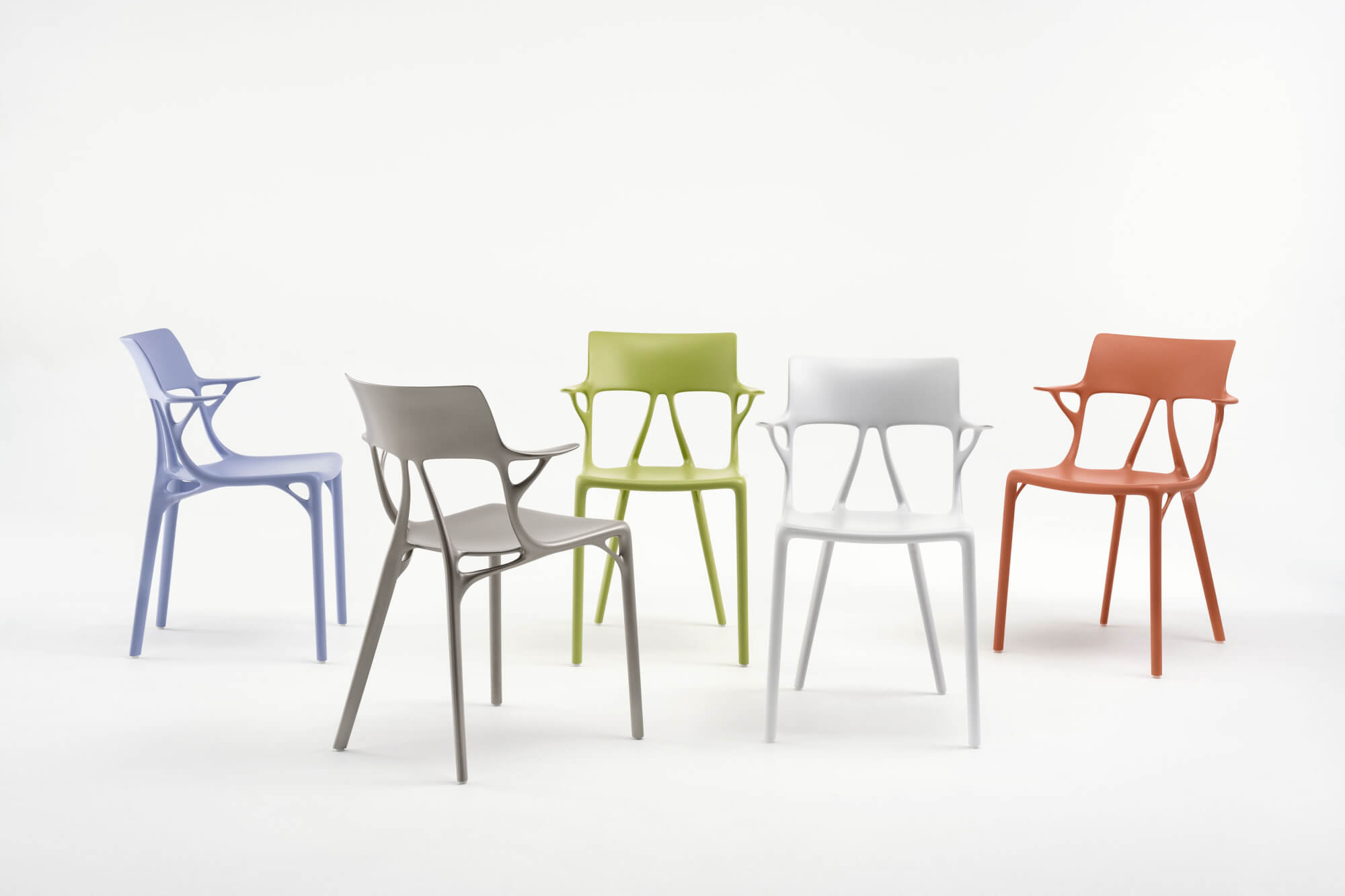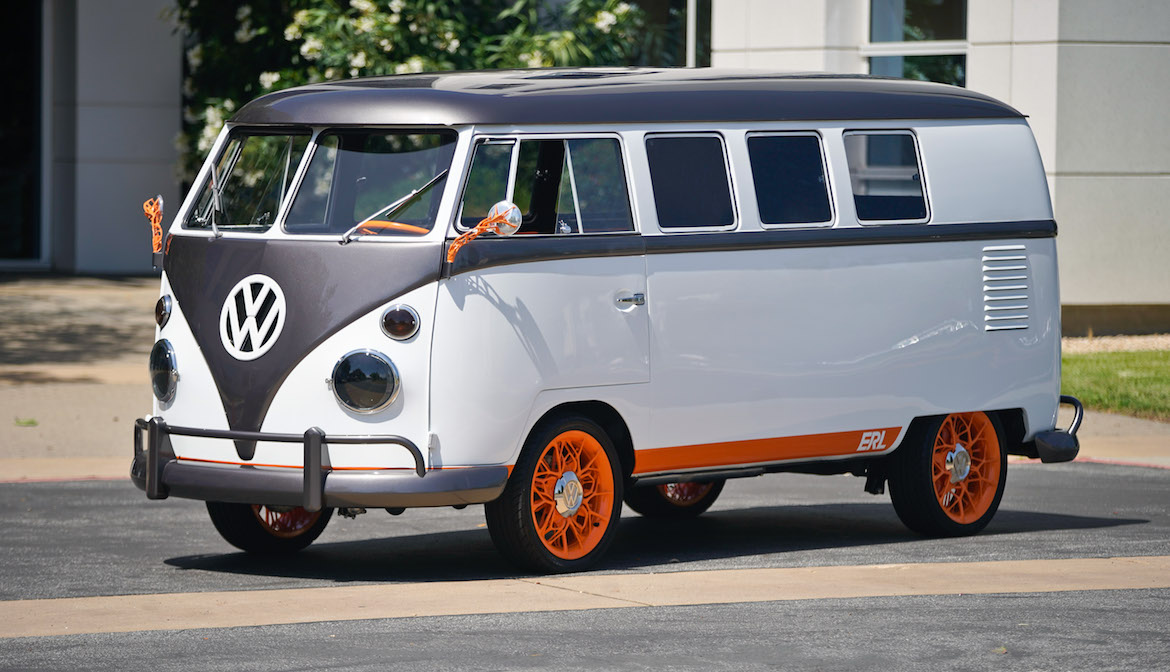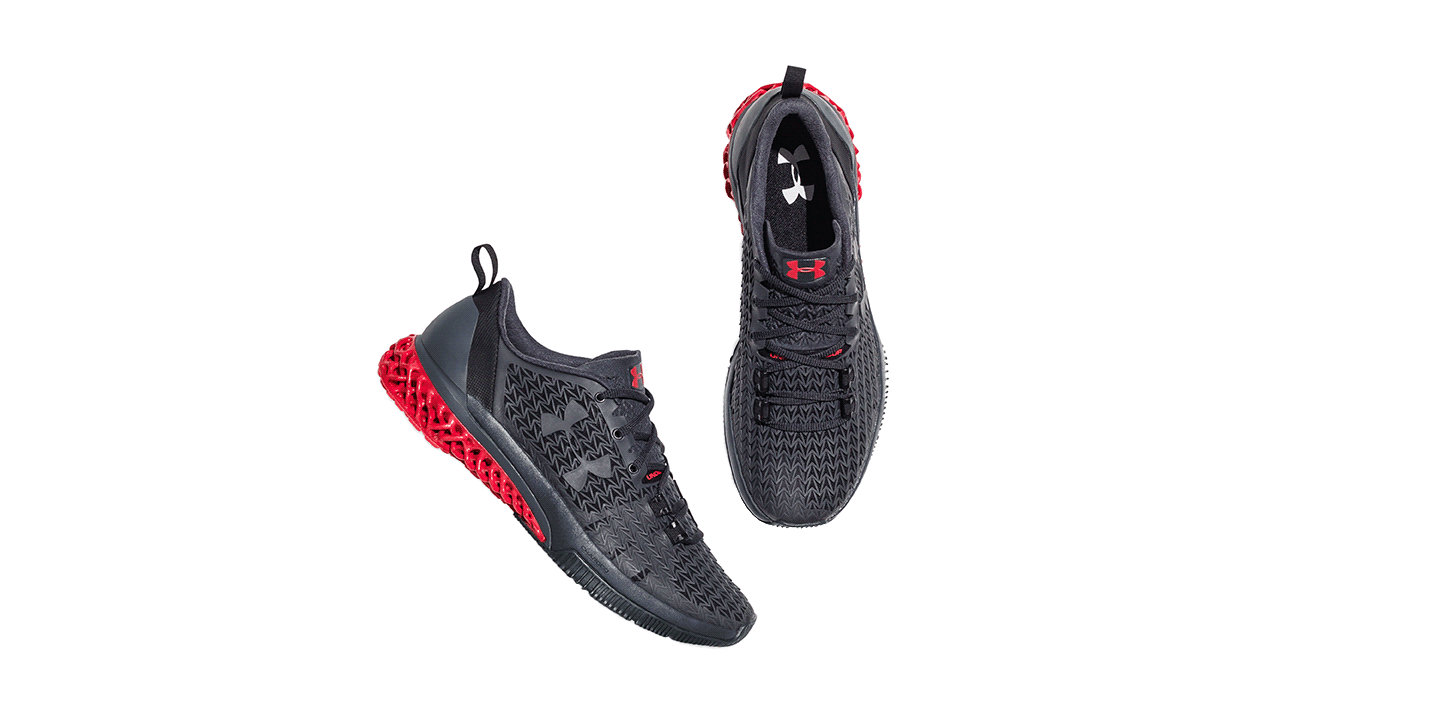Lúcid ha empezado el año con muchos nuevos desafíos sobre la mesa. Uno de ellos es el lanzamiento de un nuevo proyecto donde el diseño generativo y la fabricación digital cobrarán protagonismo.
El proyecto, hecho posible gracias al apoyo del CDTI, tiene un valor de 1,1 millones de euros y se desarrollará en colaboración con una empresa de renombre en el sector de la automoción.
El objetivo principal del El proyecto consiste en revolucionar el sistema de construcción de chasis de autobuses, pasando de perfiles de hierro soldados a tubos de fibra de carbono incorporando nodos impresos en 3D.
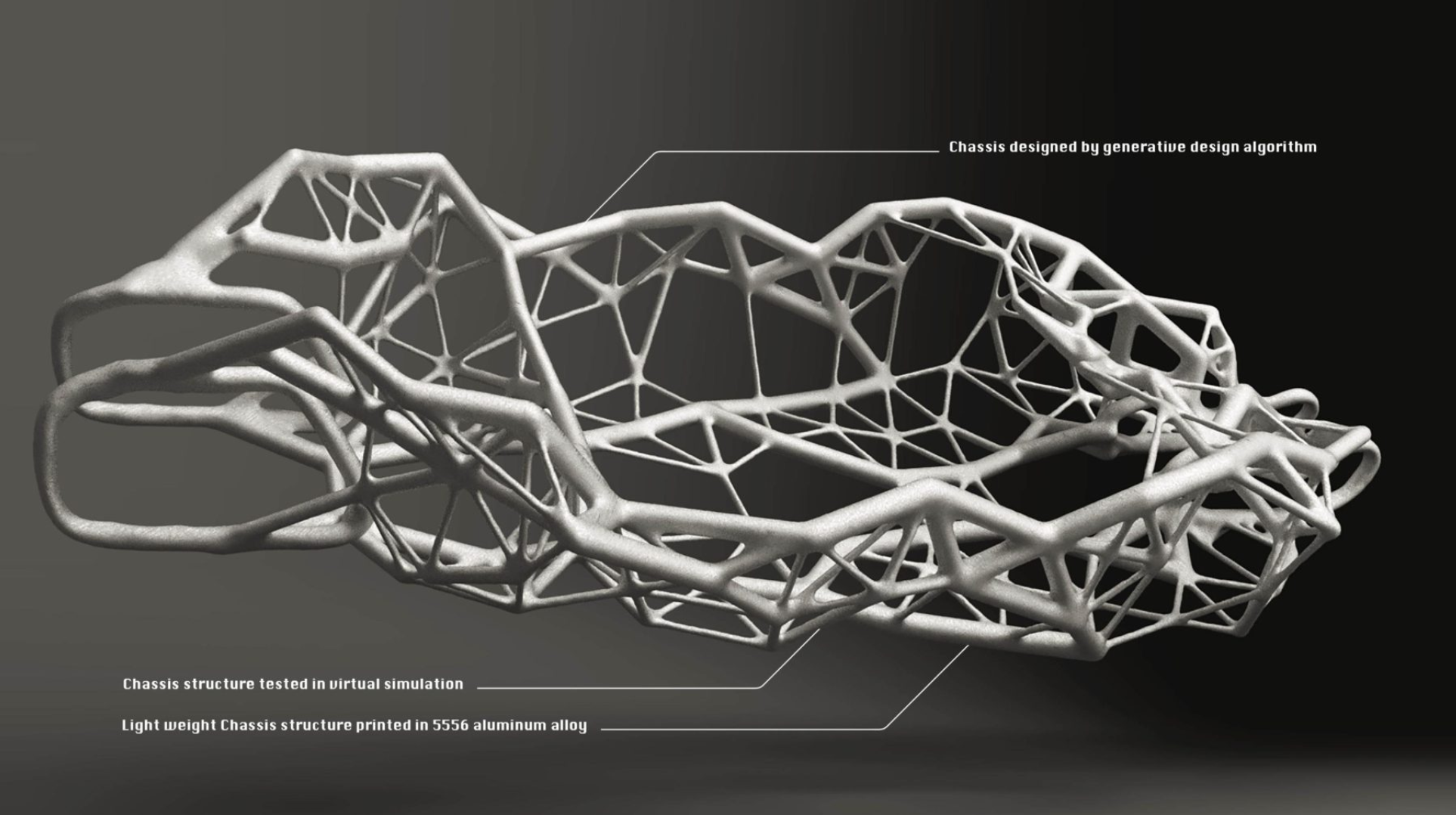
Este enfoque sería redefinir tanto el proceso de fabricación como el sistema de construcción de los autobuses para optimizar el peso estructural, los costos y el tiempo de producción. El proyecto durará de 12 a 18 meses y se dividirá en 8 fases de desarrollo para lograr todos los objetivos establecidos.
El proceso se desarrollará para una empresa de renombre en el sector de la automoción e incorporará varios socios especializados, incluida una imprenta internacional muy conocida.
¿Qué es el diseño generativo y qué oportunidades ofrece?
El diseño generativo permite la creación de componentes 3D mediante un software que proporciona múltiples opciones de diseño, cada una con parámetros específicos. Esto permite seleccionar la opción más adecuada en función de las necesidades y aspiraciones del cliente.

Gracias al diseño generativo, tanto los diseñadores como los ingenieros pueden explorar diferentes posibilidades de diseño en relación con el peso, el uso del material y los procesos de fabricación. Este cambio permite a los ingenieros centrarse en los requisitos de diseño en lugar de en las restricciones de producción.
Fabricación digital: el siguiente paso necesario para optimizar el proceso de diseño
En este proyecto, Lúcid complementará el diseño generativo con la fabricación digital. La fabricación digital, también conocida como «fabricación digital», aprovecha la tecnología para optimizar el proceso de producción.
La integración de todos los equipos involucrados en la fabricación permite un mayor control sobre la producción, lo que reduce los problemas imprevistos, acorta los plazos de entrega y mejora la productividad general.
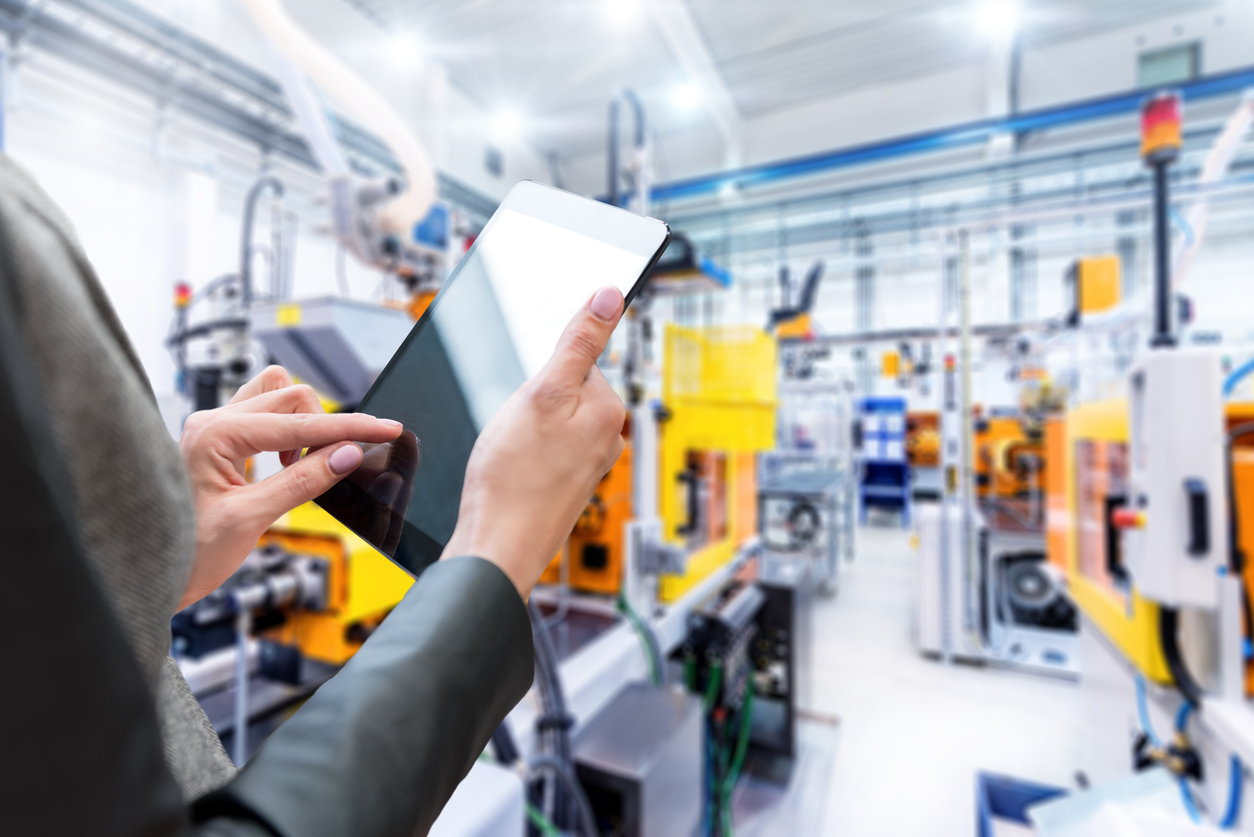
Diseño generativo: un mundo de ventajas para la industria del diseño
La implementación del diseño generativo aporta numerosos beneficios.
Libertad de diseño y la capacidad de crear productos desde cero permiten a los diseñadores explorar líneas de diseño genuinamente innovadoras.
Además, esta tecnología reduce los costos de producción optimizando continuamente los materiales, las estructuras y los procesos, lo que podría reducir los costos hasta en un 50%.
En cuanto a la sostenibilidad, El diseño generativo promueve el uso de materiales sostenibles al tiempo que reduce el peso del producto, lo que permite la creación de diseños más ligeros e innovadores.
El diseño generativo y la fabricación digital aún tienen un largo camino por recorrer en las industrias actuales. Existen numerosas aplicaciones potenciales en todos los sectores del diseño y la fabricación de productos.
